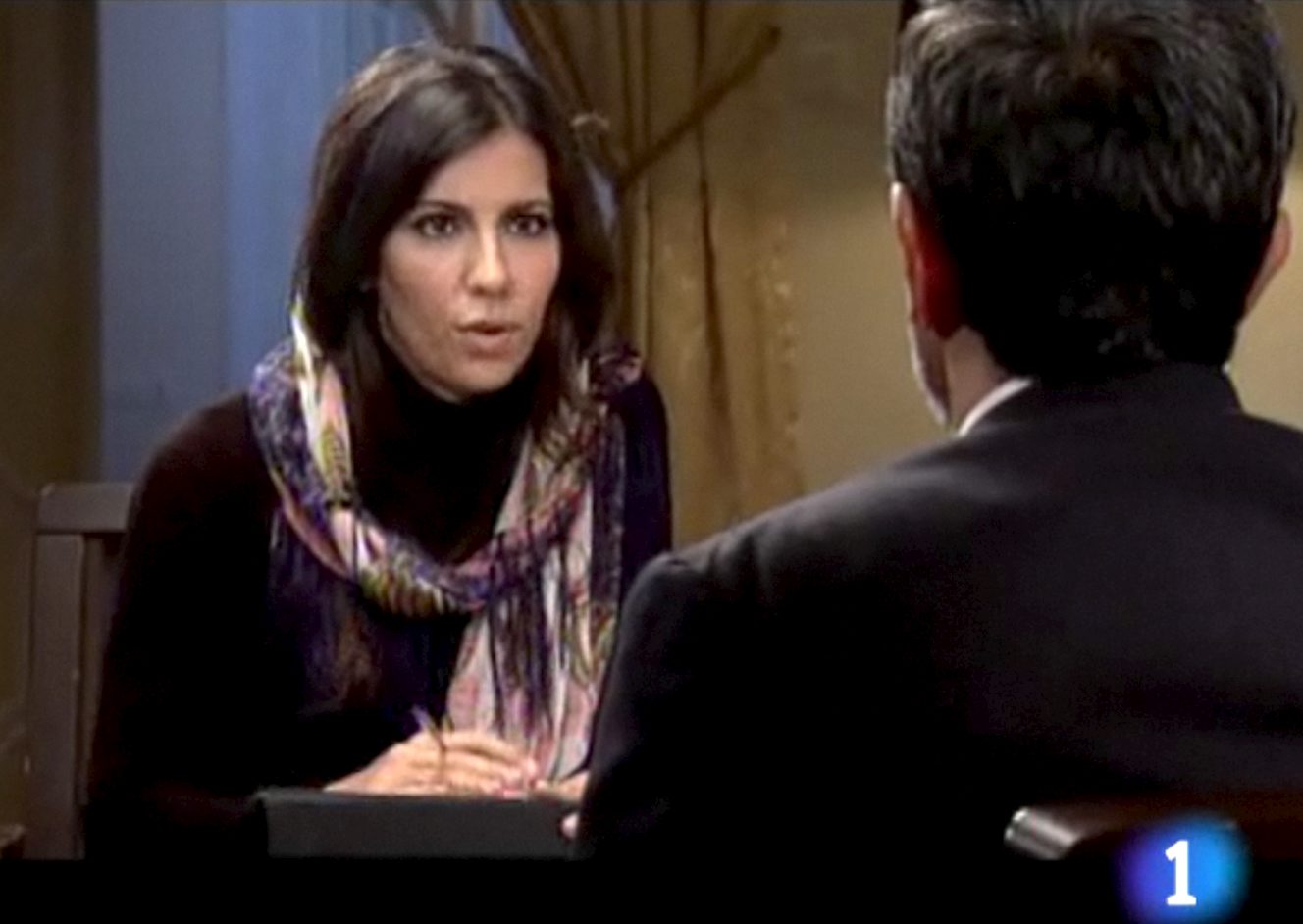The Madrid-based Platform for the Defence of Free Expression (PDLI) has announced that it will create an observatory to monitor the harassment of female journalists on social media in Spain in cooperation with the Spanish Federation of Journalist Unions (FeSP), which is a member of the platform.
According to the Organization for Security and Co-operation in Europe (OSCE), the harassment of female journalists is a growing threat to free expression.
The most recent case is that of Lara Siscar, a journalist and presenter with TVE’s Canal24H, who said last week that she would take legal action against a Twitter user who invented a false conversation on Twitter to accuse Siscar of criticising her colleagues.
At the end of November PDLI offered its support and solidarity to La Sexta journalist Ana Pastor, who received serious threats via Twitter. “I’m going to come to your programme and make your head fry”, “in fewer than seven days I will have taken care of the fucking hoar Ana Pastor”, “I’m going to kill you”, “disgusting hoar” and “once you’re dead I’ll rape you anally” are some of the messages that a Twitter user sent to Pastor and that she has reported to the police.
PDLI urges the Interior Ministry to investigate these cases of harassment and eradicate these attacks, which seriously violate the right to freedom of expression and obligations to protect journalists.
However, these are not isolated incidents. Other journalists in Spain, especially those working in television, have received similar threatening or degrading comments. They include the television presenters Maria Escario, Ana Cobos and Eva Hache, in addition to Siscar.
The journalist Cristina Fallarás is also among those journalists harassed on social media. Her case, which PDLI also condemned, was even more serious as the threats stemmed from a police body.
Missing data
Despite the reach of these acts, PDLI notes that there are unfortunately insufficient data to give visibility to this serious problem.
The available studies do not focus on Spain and the figures are not current. In 2014, a report about abuse on Twitter directed at celebrities revealed that “journalism is the only category in which women put up with more abuse then men, with female journalists being attacked approximately three times more than their male colleagues.
Also in 2014, a survey by the Pew Research Center concluded that around 40 percent of Internet users had suffered some type of harassment and women, especially those of a certain age, were particularly vulnerable.
For its part, the International Women’s Media Foundation, in a 2013 survey, found that two-thirds of those asked had suffered violent and sexual online threats as a result of their work.
Most recently, Amnesty International reported in a Europe-based study that one in five women suffers abuse on social media in Spain and that 41 percent of women in the eight countries covered reported having suffered harassment on the Internet and felt physically threatened.
Online anonymity
In PDLI’s view, it is unfortunate that the authorities are taking advantage of incidents such as threats to journalists to reopen a debate already solved by legislation, such as the prohibition of anonymity online.
PDLI believes that the current legislative framework is sufficient to protect victims of crimes on social media and that the police possess sufficient instruments to identify the authors of postings and hold them to account.
This post is a translation of an article written by the Platform for the Defence of Free Expression (PDLI). It is being distributed in English as part of the International Press Institute (IPI)’s coverage of press freedom developments in Spain, supported by the European Commission.
Opinions expressed in this article are those of the author and may not necessarily reflect the views of the International Press Institute (IPI).
